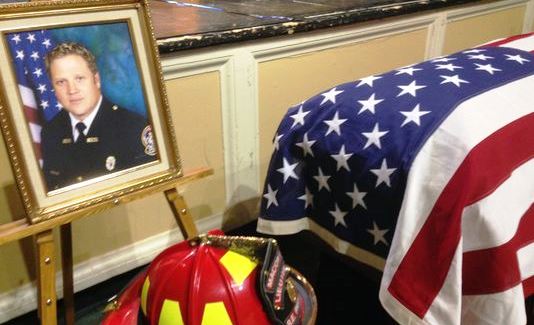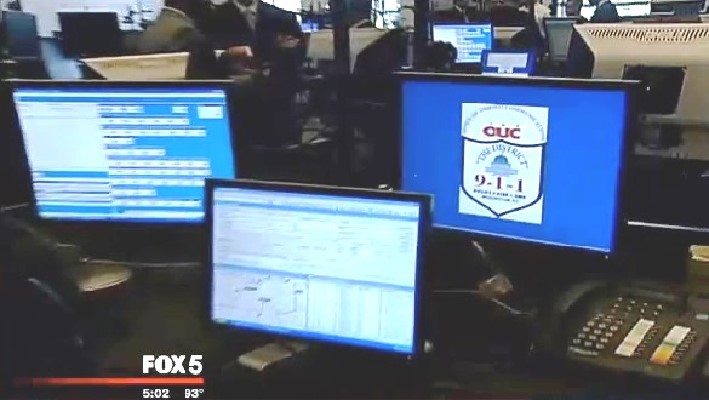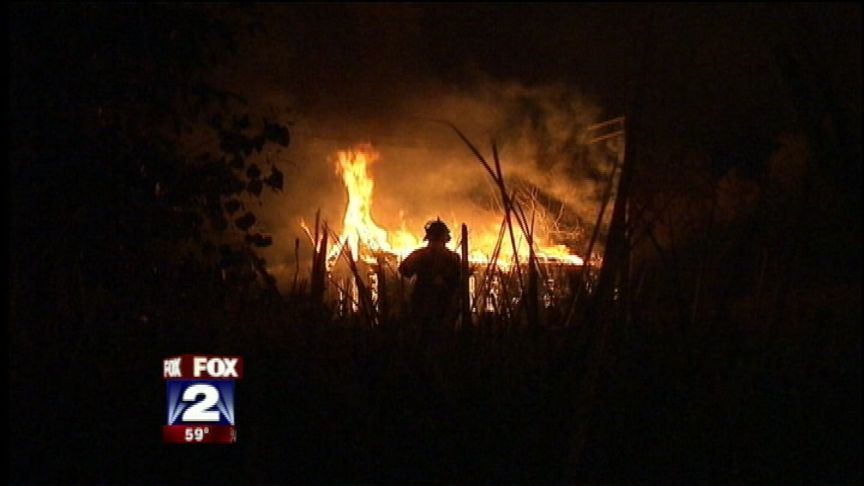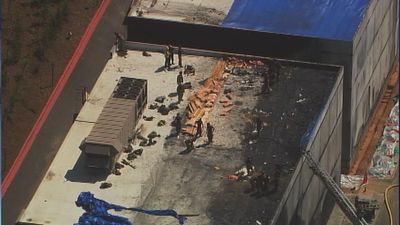DC911 & Metro keep proving they can’t handle rail emergencies
Metro customers are alerted to the latest emergency before DC firefighters are dispatched

Looking for a quality used fire truck? Selling one? Visit our sponsor Command Fire Apparatus
Previously: Communication failures & confusion after Metro trains collide in DC
A week after the sometimes deadly combination of Washington, DC’s 911 center and Metrorail’s operations center took 17-minutes to send DC firefighters to a train collision, the two agencies teamed up for another botched emergency response. Just like October 7’s train crash at the Farragut West Metro Station, the response yesterday (Monday) evening to a person who fell on the tracks at the Waterfront Metro Station featured a significantly delayed dispatch, the failure to relay important information in a timely manner and an initial dispatch that didn’t send the appropriate apparatus for the emergency.
This time, 15-minutes were lost before the proper help was dispatched by DC’s Office of Unified Communications (DC911 or OUC). To illustrate how bad this was, Metro had alerted its customers via Twitter about the person on the tracks well before OUC dispatched DC firefighters to the Waterfront Station.
TIMELINE
Here’s the approximate timeline with the related radio traffic as recorded and time-stamped by OpenMHz:
6:59 p.m. Metro’s Rail Operations Control Center (ROCC) alerted Train 550 that there was likely someone on the tracks at the Waterfront Metro Station (above).
7:01 p.m. The operator of Train 550 confirmed there was, in fact, a person who had fallen onto the tracks between the rails (above).
7:01 p.m. OUC dispatched Ambulance 13 to 399 M Street, SW for a “sick patient”. While that’s the address of the Waterfront Metro Station, the station wasn’t mentioned in the dispatch. It’s unclear who alerted OUC there was a “sick patient”. It could have been ROCC, a Metro employee at the Waterfront Metro Station or a citizen in the station (above).
7:02 p.m. A Metro Transit Police Department (MTPD) dispatcher alerted officers to the person on the tracks (above).
7:05 p.m. A MTPD officer confirmed there was a person on the tracks with a “busted head” (above).
7:10 p.m. Ambulance 13, after discovering they had a patient on the tracks at the Waterfront Metro Station, asked OUC to send help (above).

7:10 p.m. @MetrorailInfo alerted customers via Twitter there was be a delay on the Green Line because of an “unauthorized person on the tracks at Waterfront.” How sad is it that the public got word of this almost four-minutes before OUC told DC firefighters they were needed at the Waterfront Metro Station for a person on the tracks.
7:14 p.m. It took OUC almost three-minutes and thirty-seconds to handle Ambulance 13’s request to dispatch help, sending Engine 7 and Medic 7. Not only is that a ridiculous amount of time to process the response, OUC sent the wrong assignment (above).
7:14 p.m. Engine 2 piped up and interrogated Ambulance 13, confirming that this was for an injured person on the Metro tracks. Engine 2 notified OUC that this incident required a Metro rescue response. There’s no indication Engine 2 was connected to this call. Apparently, after hearing OUC failing to send the appropriate assignment to Ambulance 13’s request for help, Engine 2 thought it important to intervene (above).
7:15 p.m. Approximately 15-minutes after a train operator confirmed a person had fallen onto the tracks, OUC finally sent the appropriate assignment to the Waterfront Metro Station (above).
SAME FAILURES, DIFFERENT DAY
As I’ve pointed out repeatedly for many years, delays and confusion between OUC and ROCC appears to be the rule rather than the exception. The same issues that happened yesterday happened a week earlier, during the collision and occurred four-years earlier, when hundreds of passengers were trapped in a smoke-filled tunnel and one of them died. Botched emergency communications has plagued both agencies since each center was created.
As with my write-up of last week’s incident, it’s important to point out that while this radio traffic pretty clearly tells the story, it’s not the complete story. Missing are the phone communication between ROCC and OUC. Without knowing what ROCC told OUC, and what time that conversation(s) occurred, it’s difficult to completely pinpoint responsibility to one agency or the other. Still, the following conclusions from the radio traffic are not so ambiguous:
- ROCC had confirmed information from a train operator at 7:01 p.m. that a person had fallen onto the tracks.
- MTPD confirmed there was a person with a head injury on the tracks by 7:05 p.m.
- OUC gave no indication it was aware of an injured person on the tracks until 7:10 p.m. when a dispatcher was finally alerted by Ambulance 13.
- It still took OUC three-minutes and thirty-seconds to process the response and it was processed it incorrectly at 7:14 p.m.
- It appears the only reason OUC sent the correct response at 7:15 p.m. is because Engine 2 intervened and pointed out OUC’s failure to follow dispatch procedures.
LEADERSHIP IS STILL AWOL
I stand by my assessment from last week. When seconds count in an emergency, you can count on ROCC and OUC to take many minutes. You can also count on local leadership failing to see the urgency of correcting these problems at both Metro and DC911. These issues are decades old.
I’ll leave you with this video of DC Mayor Muriel Bowser on Friday showing she was either unwilling or unable to address the 17-minute delay to the Farragut West collision five days after it occurred (below). The leadership in the District of Columbia and at WMATA (Washington Metropolitan Transit Authority) continue to leave the impression 911 and safety on the rails are just not that important.
NOTE: If any officials of WMATA or the DC Government want to address any of the issues I’ve pointed out in this or previous columns, you are invited to write a response that I’ll gladly post, unedited.






